Are you tired of coming home to a flooded basement or a leaking washing machine? With the help of water sensors, you can keep track of potential water damage and prevent costly repairs.
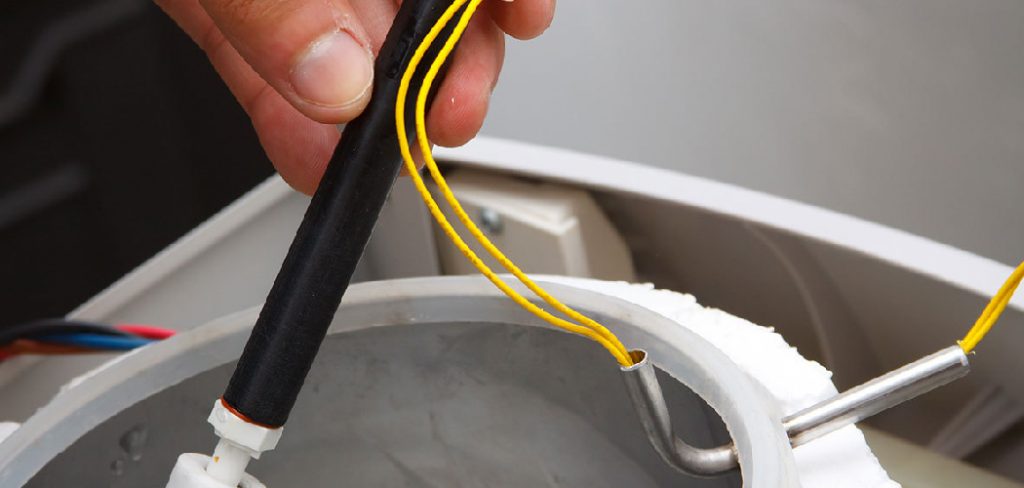
Water sensors are devices designed to detect the presence of water or any significant change in moisture levels within a specific area. They are commonly used in various applications, from preventing water damage in homes to monitoring water levels in industrial and environmental settings. These sensors utilize advanced technologies to measure water presence, and, based on their design, they can trigger alarms, send notifications, or integrate with automated systems to take preventive or corrective actions.
Understanding how do water sensors work involves exploring their components, sensing mechanisms, and the processes they use to relay critical information effectively.
What Are the Benefits of Water Sensors?
Water sensors offer numerous benefits in various applications, as they help monitor water levels and prevent potential damage or hazards. Some of the key advantages of water sensors include:
- Early Detection: Water sensors can detect the presence of water early, allowing for quick response and minimizing potential damage.
- Real-time Monitoring: With advanced technologies and connectivity options, water sensors provide real-time data on water levels, allowing for immediate action.
- Remote Accessibility: Many water sensors have remote monitoring capabilities, enabling users to access data and receive alerts from anywhere.
- Cost-effective: Implementing a reliable water sensor system can save significant costs in damage control and maintenance compared to traditional manual methods.
What Will You Need?
To utilize water sensors for monitoring and remote accessibility, you will need the following:
- Water Sensors: The first and most obvious requirement is to have the water sensors themselves. Various types of water sensors are available in the market, and you can choose one based on your specific needs and budget.
- Sensor Network: To fully utilize the potential of water sensors, a network is required to connect them. This allows for central data collection and analysis.
- Internet Connection: As most water sensor systems use wireless connectivity, an internet connection is necessary for real-time monitoring and remote accessibility.
- Power Supply: Water sensors require a power source to function. Depending on the type of sensor and its location, power supply options can include batteries, solar panels, or a direct connection to an electrical outlet.
- Data Management Software: To make sense of the data collected by water sensors, specialized software is needed. This can range from simple data visualization tools to complex predictive analytics platforms.
- Alert System: In case of anomalies or emergencies, water sensor systems must have an alert system in place. This can be audible alarms, text or email notifications, or even automated response systems.
- Remote Monitoring: Many water sensor systems now offer remote monitoring capabilities, allowing users to access and manage the data collected by sensors from anywhere with an internet connection. This is especially useful for large-scale or distributed water systems.
- Real-time Data Analysis: With technological advancements, water sensors can provide real-time data analysis. This means that instead of waiting for a scheduled data download, users can access and analyze the data as it is being collected.
8 Easy Steps on How Do Water Sensors Work
Step 1: Establish Clear Objectives
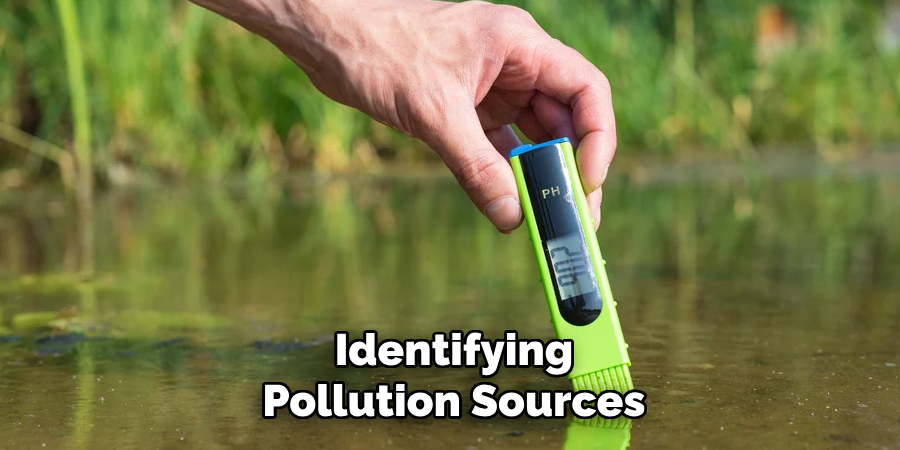
The first step in creating an effective monitoring plan is establishing clear and measurable objectives. Defining the specific goals ensures that all actions align with the intended outcomes. Objectives should consider the primary concerns about water quality, such as identifying pollution sources, measuring compliance with regulations, or assessing the effectiveness of implemented measures. Clear objectives provide direction and form the foundation for designing a comprehensive and purposeful monitoring approach.
Step 2: Determine Monitoring Methods
In addition to establishing objectives, it is essential to determine the appropriate methods for monitoring water quality. This involves selecting the specific parameters or indicators that will be measured, as well as the location and frequency of sampling.
When choosing monitoring methods, it is crucial to consider the overall goals of the plan and the available resources. Some standard techniques for water quality monitoring include field observations, laboratory analysis of samples, remote sensing technologies, and citizen science programs.
Field observations involve visually assessing physical characteristics such as color, odor, and clarity of water bodies. These can provide immediate indications of potential pollution sources or changes in water quality.
Step 3: Laboratory Analysis of Samples
Laboratory analysis involves collecting water samples and analyzing them for various indicators of water quality, such as levels of nutrients, bacteria, and pollutants. This method is more comprehensive than field observations and can provide quantitative data for comparison over time.
However, laboratory analysis can be costly and time-consuming, so it is essential to carefully select sampling locations and frequency based on the goals of the monitoring plan.
Step 4: Remote Sensing Technologies
Remote sensing technologies are increasingly used in water quality monitoring because they cover large areas and provide real-time data.
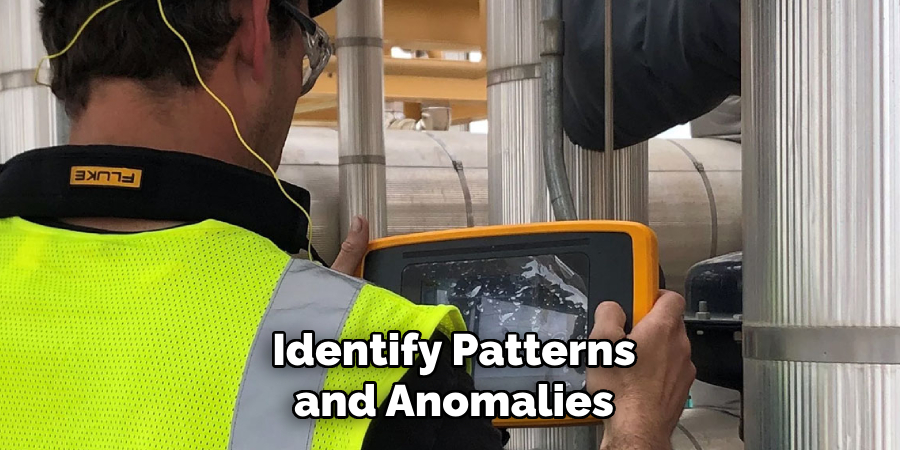
These technologies rely on satellite imagery, drones, or aerial photography to detect changes in water characteristics, such as temperature, sediment levels, or algal blooms. By analyzing the reflectance of light from bodies of water, remote sensing can identify patterns and anomalies that might indicate pollution or other environmental concerns. One of the key advantages is its non-invasive nature, which allows for repeated assessments without disturbing the aquatic environment.
While remote sensing cannot completely replace traditional methods, it is a complementary tool for assessing inaccessible or expansive water bodies. However, the effectiveness of remote sensing depends on factors such as weather conditions and the resolution of the imaging equipment, making it essential to integrate it strategically within a broader monitoring plan.
Step 5: Applications of Remote Sensing in Aquatic Environments
Remote sensing has found a wide range of applications in studying and managing aquatic environments. One significant use is in water quality monitoring, where satellite imagery and aerial data can detect parameters such as chlorophyll concentrations, turbidity, and harmful algal blooms.
These capabilities allow researchers and environmental managers to identify potential issues early and implement corrective measures promptly. Remote sensing also aids in habitat mapping, helping to track changes in aquatic vegetation, coral reefs, or wetlands over time, providing key insights into ecosystem health.
Furthermore, remote sensing is invaluable for tracking the effects of climate change on aquatic systems. For example, it can monitor sea surface temperatures, polar ice melting, or shifts in ocean currents, all of which have far-reaching implications for marine life and global weather patterns. Fisheries management also benefits from remote sensing by using data to monitor fish stock distributions and assess the impact of human activities on marine resources.
Step 6: Future Applications of Remote Sensing
As remote sensing technology advances, its potential applications in marine and aquatic environments will only increase. One area with significant potential is remote sensing for monitoring and predicting harmful algal blooms (HABs). These phenomena can devastate marine ecosystems, causing fish kills, shellfish poisoning, and even human health concerns.
Remote sensing can aid in detecting HABs by identifying changes in water color or temperature that may indicate the presence of these toxic algae. This information can be used to issue warnings and take preventative measures to mitigate their effects.
Step 7: Water Quality Monitoring Using Remote Sensing
Remote sensing technologies play a crucial role in monitoring water quality parameters, offering valuable insights into the health of aquatic environments. By utilizing satellite imagery and aerial sensors, researchers can track various indicators such as turbidity, chlorophyll-a concentrations, and surface temperatures.
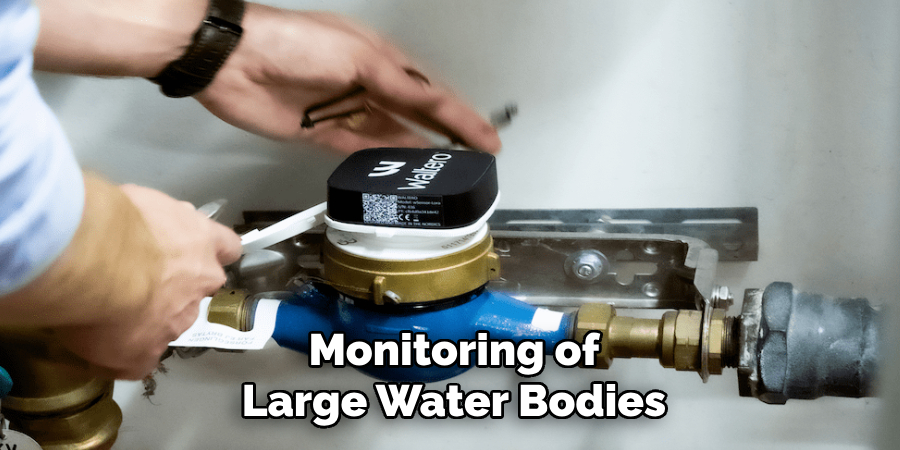
This data enables the identification of pollution sources, including agricultural runoff, urban wastewater, or industrial discharge. Furthermore, remote sensing provides critical temporal and spatial coverage, allowing for continuous monitoring of large water bodies that would otherwise be difficult to survey. These advancements support the preservation of ecosystems and aid in safeguarding drinking water supplies and ensuring sustainable water resource management.
Step 8: Keep up with New Approaches and Technologies
With the continuous development of new technologies and approaches, staying updated on the latest advancements in water quality monitoring is essential. This can include attending conferences, workshops, or training sessions related to remote sensing and water quality. Additionally, staying connected with other professionals in the field and joining relevant communities or organizations can also provide valuable insights and updates.
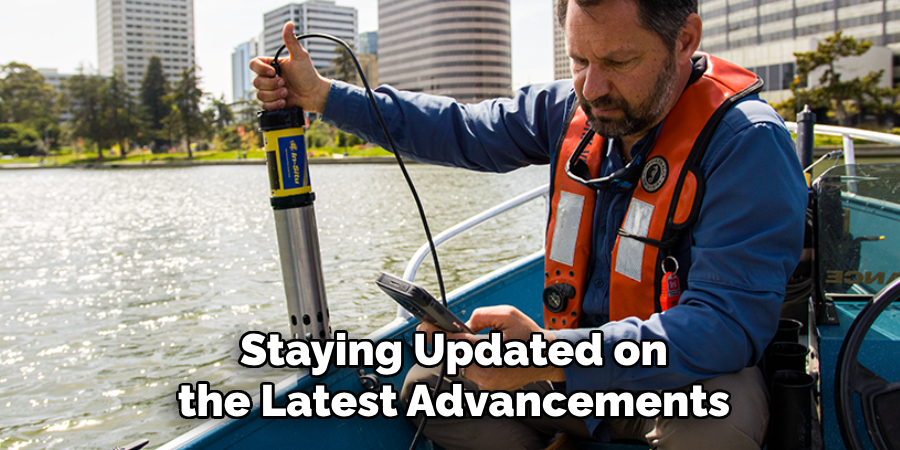
By following these steps, water quality monitoring can be made more efficient and effective, leading to better management of our precious water resources. Both government agencies and private organizations must invest in these new approaches and technologies to ensure the protection and preservation of our water bodies.
Conclusion
Water sensors utilize advanced technologies to detect, measure, and analyze various parameters within a water body.
These devices often rely on sensors capable of collecting data on factors such as pH levels, temperature, turbidity, dissolved oxygen, and contaminants. Through the use of electronic components, these measurements are translated into usable data, which can then be monitored in real time or stored for analysis. By integrating wireless communication and cloud-based systems, water sensors provide accurate and timely information, supporting better decision-making for environmental management, pollution control, and water conservation efforts.
Hopefully, the article on how do water sensors work has provided a comprehensive understanding of their functionality and importance in modern society.
About
Safety Fic is a distinguished figure in the world of Diy design, with a decade of expertise creating innovative and sustainable Diy solutions. His professional focus lies in merging traditional craftsmanship with modern manufacturing techniques, fostering designs that are both practical and environmentally conscious. As the author of diy, Safety Fic delves into the art and science of Safety Fic-making, inspiring artisans and industry professionals alike.
Education RMIT University
(Melbourne, Australia) Associate Degree in Design (Safety Fic) Focus on sustainable design, industry-driven projects, and practical craftsmanship. Gained hands-on experience with traditional and digital manufacturing tools, such as CAD and CNC software.
Nottingham Trent University
(United Kingdom) Bachelor’s in diyfastly.com and Product Design (Honors) Specialized in product design with a focus on blending creativity with production techniques. Participated in industry projects, working with companies like John Lewis and Vitsoe to gain real-world insights.
Publications and Impact
In diy, Safety Fic his insights on indoor design processes, materials, and strategies for efficient production. His writing bridges the gap between artisan knowledge and modern industry needs, making it a must-read for both budding designers and seasoned professionals.
